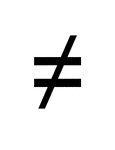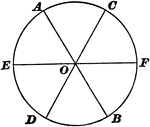
Flashcard of a polygon with three equal sides
A flashcard featuring an illustration of a polygon with three equal sides
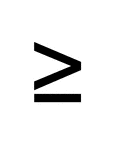
Flashcard of a math symbol for Greater Than or Equal To
A flashcard featuring a math symbol for Greater Than or Equal To
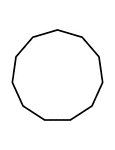
Flashcard of a polygon with eleven equal sides
A flashcard featuring an illustration of a polygon with eleven equal sides
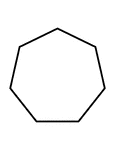
Flashcard of a polygon with seven equal sides
A flashcard featuring an illustration of a polygon with seven equal sides
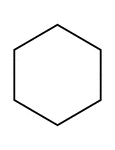
Flashcard of a polygon with six equal sides
A flashcard featuring an illustration of a polygon with six equal sides
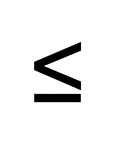
Flashcard of a math symbol for Less Than or Equal To
A flashcard featuring a math symbol for Less Than or Equal To
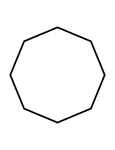
Flashcard of a polygon with eight equal sides
A flashcard featuring an illustration of a polygon with eight equal sides
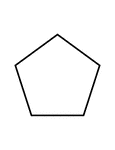
Flashcard of a polygon with five equal sides
A flashcard featuring an illustration of a polygon with five equal sides
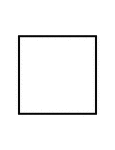
Flashcard of a polygon with four equal sides
A flashcard featuring an illustration of a polygon with four equal sides
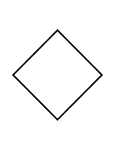
Flashcard of a polygon with four equal sides
A flashcard featuring an illustration of a polygon with four equal sides

Right Triangle
Illustration of a right triangle used to show the Pythagorean Theorem (the square of the hypotenuse…
Square Constructed to be Equal to the Sum of Two Given Squares
Illustration of a how to construct a square equivalent to the sum of two given squares.
Square Constructed to be Equal to the Difference of Two Given Squares
Illustration of a how to construct a square equivalent to the difference of two given squares.

Equal Dihedral Angles
Illustration of 3 equal dihedral angles. "Two dihedral angles have the same ratio as their plane angles."

Equal trihedral angles
Illustration used to show that two trihedral angles are equal or symmetrical when the three face angles…
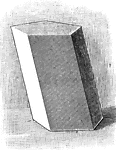
Prism
Illustration of a prism - a polyhedron of which two faces are equal polygons in parallel planes, and…
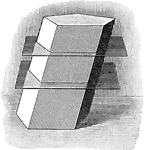
Sections of Prism
Illustration of the sections of a prism made by parallel planes cutting all the lateral edges into equal…
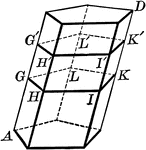
Sections of Prism
Illustration of the sections of a prism made by parallel planes cutting all the lateral edges into equal…

Equal Prisms
Illustration showing two prisms are equal if the three faces which include a trihedral angle of the…
Parallelopiped Showing Volume
Illustration of a parallelopiped (a prism with a parallelogram as its base) used to demonstrate that…

Prism Showing Volume
Illustration of a prism used to demonstrate that the volume of any prism is equal to the product of…

Triangular Pyramid For Volume
Illustration of triangular pyramid used to show that the volume is the limit of the sum of the volumes…

Equivalent Triangular Pyramids
Two triangular pyramids having equivalent bases and equal altitudes are equivalent.
Triangular Pyramid For Volume
Illustration of triangular pyramid used to show that the volume is equal to one third of the product…

Pentagonal Pyramid For Volume
Illustration of pentagonal pyramid used to show that the volume is equal to one third of the product…

Frustum Pyramid for Volume
The volume of the frustum of any pyramid is equal to the sum of the volumes of three pyramids whose…

Triangular Pyramids for Volume
Illustration showing that the volume of 2 triangular pyramids, having the same trihedral angle of the…
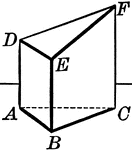
Truncated Right Triangular Prism for Volume
A volume of a truncated right triangular prism is equal to the product of its base by one third the…

Truncated Right Triangular Prism for Volume
A volume of a truncated right triangular prism is equal to the product of its base by one third the…

Lateral Area of Cone of Revolution
Illustration of a cone of revolution used to show that the lateral area is equal to half the product…

Volume of Cone
Illustration of a cone with a polygon inscribed used to show that the volume of a circular cone is equal…
Frustum of Cone to Find Lateral Area
"The lateral area of a frustum of a cone of revolution is equal to half the sum of the circumferences…

Prismatoid Illustration for Volume
Illustration to show how volume of a prismatoid is found. "The volume of a prismatoid is equal to the…
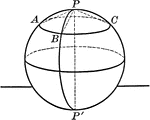
Sphere With Arcs and Poles
A sphere with arcs and poles. "The distance of all points in the circumference of a circle of a sphere…

Equal Spheres With Triangles
Illustration of equal spheres with equilateral and equiangular triangles.
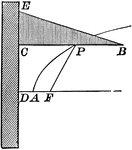
Parabola With Focus and Directrix
Illustration of a parabola - a curve which is the locus of a point that moves in a plane so that its…
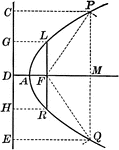
Parabola With Focus and Directrix
Illustration of a parabola - a curve which is the locus of a point that moves in a plane so that its…

Area of an Ellipse
Illustration of half of an ellipse used to show that the area of an ellipse is equal to pi times a times…
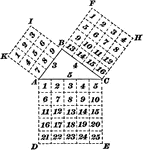
Right Triangle Showing Pythagorean Theorem
Illustration of a right triangle that can be used to show Pythagorean theorem. "In any right triangle,…
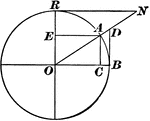
Versedsine and Coversedsine in Circle
The coversedsine is equal to 1 minus the sine. In this figure, AE is parallel to OB; hence, EO = AC…

Ellipse
Illustration of an ellipse with major and minor axes, foci, and points on the ellipse. "An ellipse is…
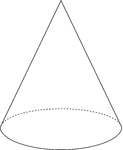
Right Circular Cone
Illustration of a right circular cone with the diameter of the base equal to the height of the cone.

2 Congruent Cubes
Illustration of two congruent cubes that are tangent along an edge. A 3-dimensional representation on…

20 Stacked Congruent Cubes
Illustration of 20 congruent cubes stacked in twos and threes. A 3-dimensional representation on a 2-dimensional…
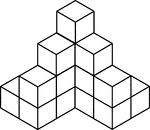
16 Stacked Congruent Cubes
Illustration of 16 congruent cubes stacked at various heights. A 3-dimensional representation on a 2-dimensional…
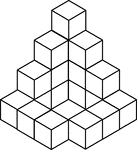
20 Stacked Congruent Cubes
Illustration of 20 congruent cubes stacked at various heights. A 3-dimensional representation on a 2-dimensional…

33 Stacked Congruent Cubes
Illustration of 33 congruent cubes stacked at various heights in a zigzag pattern. A 3-dimensional representation…
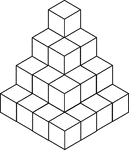
30 Stacked Congruent Cubes
Illustration of 30 congruent cubes stacked in decreasing heights. A 3-dimensional representation on…
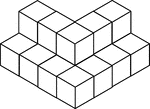
17 Stacked Congruent Cubes
Illustration of 17 congruent cubes stacked in ones and twos in the shape of a V. A 3-dimensional representation…
35 Stacked Congruent Cubes
Illustration of 35 congruent cubes stacked in ones and twos in the shape of a W. A 3-dimensional representation…
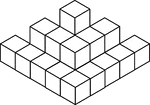
22 Stacked Congruent Cubes
Illustration of 22 congruent cubes stacked in ones, twos, and threes. A 3-dimensional representation…

50 Stacked Congruent Cubes
Illustration of 50 congruent cubes stacked at various heights. A 3-dimensional representation on a 2-dimensional…

28 Congruent Cubes Placed in the Shape of a Square
Illustration of 28 congruent cubes placed in the shape of a square. A 3-dimensional representation on…
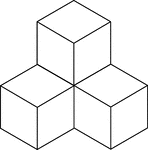
4 Stacked Congruent Cubes
Illustration of 4 congruent cubes stacked in ones and twos. A 3-dimensional representation on a 2-dimensional…

36 Stacked Congruent Cubes
Illustration of 36 congruent cubes stacked at various heights with outer edges forming a square. A 3-dimensional…
